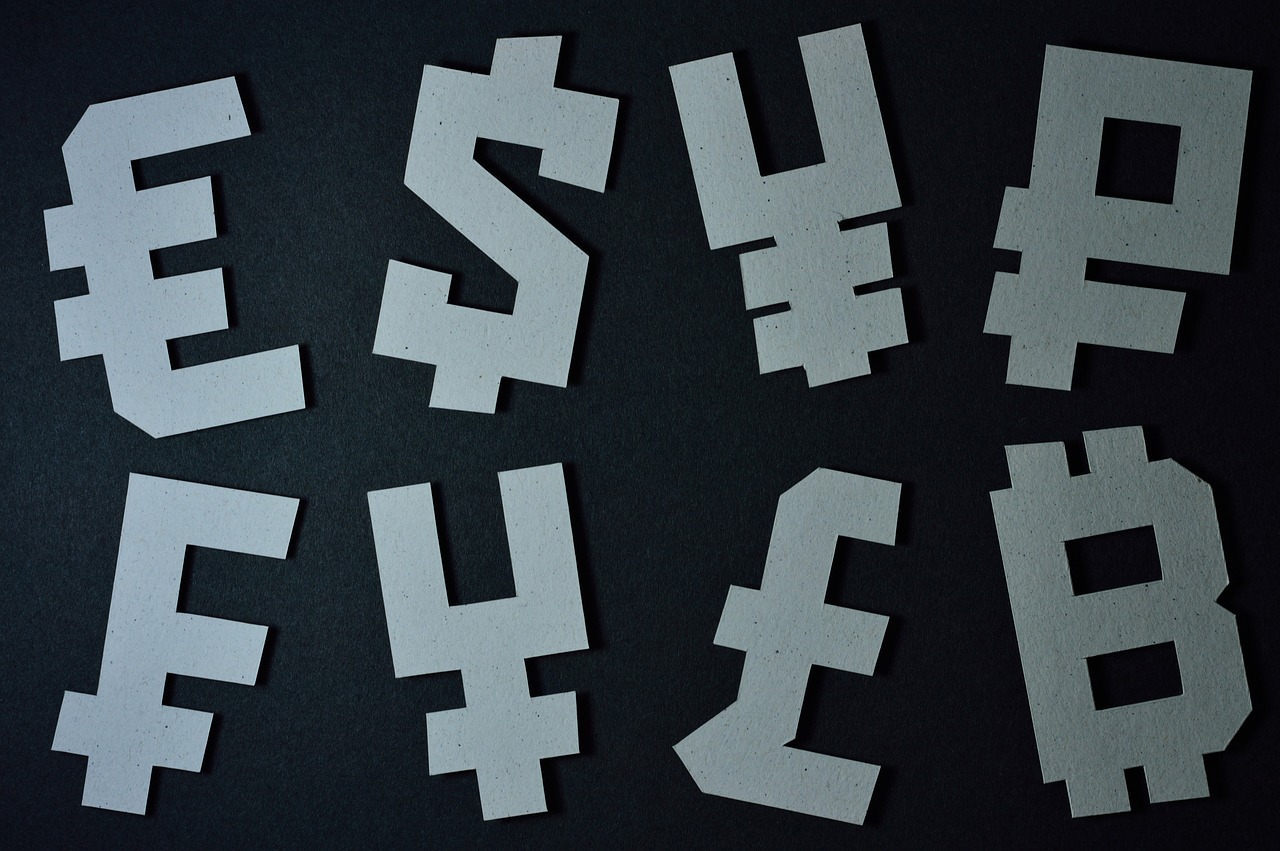Cultivating Green Tech Startups through Digital Yuan and Eco-Innovation
In recent times, the digital realm has experienced a significant surge, bringing forth innovations with transformative potential. Notably, the rise of digital currencies has marked a pivotal shift in this progression, with China’s Digital Yuan leading the charge. As the global focus is progressively shifting towards eco-sustainability, it becomes crucial to grasp the confluence between digital technologies and environmental innovations. Recognizing and leveraging this connection is key to promoting the robust development of green tech startups. Trade like a pro by visiting quantumtradewave.org and immersing yourself in the incredible trading platform.
Background of the Digital Yuan
The Digital Yuan, known as the Digital Currency Electronic Payment (DCEP), is China’s Central Bank Digital Currency (CBDC). Unlike decentralized cryptocurrencies like Bitcoin and Ethereum, which operate independently of central banks, the Digital Yuan is regulated and issued by the People’s Bank of China.
When we compare Bitcoin to the Digital Yuan, notable differences arise. Bitcoin is issued by a decentralized network, whereas the Digital Yuan is directly issued by the People’s Bank of China. Bitcoin has limited regulations due to its decentralized nature, while the Digital Yuan experiences high levels of centralized regulation. Furthermore, while Bitcoin has predominantly been used for investments and global transactions, the primary use of the Digital Yuan revolves around domestic spending and eco-innovations.
China’s Commitment to Eco-Innovation
With increasing urbanization and industrialization, China faces significant environmental challenges. Recognizing this, the country has accelerated its commitment to green technology and sustainability. As part of the 13th Five-Year Plan for Economic and Social Development, China has emphasized cleaner production and the importance of renewable energy sources.
How the Digital Yuan Supports Green Tech Startups
The Digital Yuan is more than just a digital currency; it’s a tool that can reshape the economic landscape, particularly for green tech startups. Its transparency ensures that funds allocated for eco-projects are used judiciously. Moreover, the reduced transaction costs mean more investments can be channeled directly into innovation.
Real-World Impacts and Case Studies
In the realm of green technology in China, the Digital Yuan’s influence is unmistakably evident. Numerous environmentally-focused startups have benefited from the integration of this digital currency into their financial ecosystems. Take, for example, GreenTech, a burgeoning startup committed to pioneering renewable energy solutions. The company has pointed out that the Digital Yuan has considerably simplified their fundraising processes. By utilizing this centralized digital currency, GreenTech has managed to secure funds more efficiently, leading to expedited implementation of their projects.
Furthermore, it’s crucial to highlight China’s expansive Belt and Road Initiative, a vast infrastructural project designed to boost international collaboration. A notable facet of this initiative is its dedication to sustainable and eco-friendly development. The inclusion of the Digital Yuan as a primary financial instrument within this framework could be transformative. Its potential to facilitate international transactions can enhance the effectiveness of funding allocation for green projects, promoting faster execution and potentially reducing administrative overheads.
Challenges and Considerations
While the potential is vast, the integration of Digital Yuan into the global green ecosystem is not without its challenges.
- Privacy Concerns: Given that every transaction can be traced back to an individual or organization, there are genuine concerns about user privacy.
- Regulation: The centralized nature of the Digital Yuan means that it’s subjected to intense regulation, which might deter international entities from adopting it in their green projects.
Future Outlook
The future trajectory of the Digital Yuan is indeed optimistic. As the global emphasis on eco-innovation amplifies, there’s a growing likelihood that other nations will launch their own digital currencies geared towards environmental sustainability. This trend could pave the way for a cohesive network of Central Bank Digital Currencies (CBDCs) globally, with each contributing significantly to the collective goal of a more sustainable tomorrow.
Conclusion
Combining the capabilities of the Digital Yuan with eco-innovation highlights a pivotal shift towards a harmonized integration of technological advancements and sustainable practices. Green tech startups are at the forefront of driving this change. The Digital Yuan, with its unique attributes, offers them not only a financial tool but also a platform that aligns with their sustainable ethos. In this context, the Digital Yuan doesn’t just ensure the financial viability of these startups but also emphasizes the importance of their mission to create a greener, more sustainable future for all.

